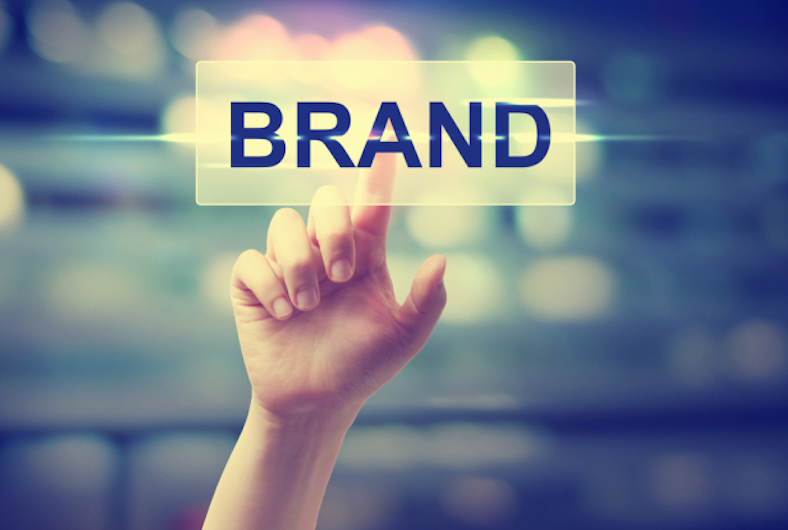 Emotion has a huge role to play in determining which brands people buy and when. However, ignoring the interaction between emotion, recognition and brand associations risks motivating no one. To avoid the emotion trap marketers must figure out how to harness the power of emotion to benefit their brand.
Emotion has a huge role to play in determining which brands people buy and when. However, ignoring the interaction between emotion, recognition and brand associations risks motivating no one. To avoid the emotion trap marketers must figure out how to harness the power of emotion to benefit their brand.
Faster than we can form a conscious thought, the process that Daniel Kahneman refers to as System 1 primes us to think and behave in certain ways. But System 1 does not necessarily dominate our more deliberative System 2 response. The social psychologist, Jonathan Haidt, uses the metaphor of an elephant and a rider to describe the interaction between the intuitive System 1 and deliberative System 2. The elephant represents our instinctive, emotional response and the rider, our more considered response.
The elephant, which is more powerful than the rider, has been trained by evolution and experience to respond in certain ways to the world around it. When intuition fails the elephant, the rider who has more knowledge will often steer the elephant in the right direction. But if the two start out with a clear path, the elephant and the rider will work together and reach their destination faster. Marketers need to appeal to both the rider and the elephant to get people to behave in the way they want.
Training The Elephant
Antonio Damasio states, “Emotions are a very intelligent way of driving an organism toward certain outcomes.” When faced with a familiar situation, the elephant makes decisions quickly and easily based on prior experience. The elephant is largely guided experience, either direct experience or by indirect learning through education, entertainment and conversation. For example, testing people’s instinctive emotional response to various prompts reveals a strong negative response to images of Hitler.
This is a learned response otherwise for most people Hitler would represent little more than a small man with an odd mustache. The implication for marketers is that people can be “trained” to respond positively to a brand just like any other stimulus. The dominant force shaping our instinctive positive response is prior positive brand experience. But those responses can be amplified or enhanced by other experiences related to the same brand, such as events, advertising and sponsorships. However, to help build a strong response these indirect experiences must deliver an impression that is consonant with prior experience. And, importantly, these experiences must be connected to the brand in people’s minds.
How The Elephant Decides
In order to respond intuitively to anything, we have to know what it is – we have to recognize it quickly and easily. If we don’t then the elephant is going to be confused and the rider will have to decide what to do. This is when having a clear path will help the elephant and the rider move in the same direction. Think back to the Tropicana packaging debacle, when a change in the brand’s packaging caused an immediate drop in sales. There was no clear path for the elephant to follow. Shoppers who would have instinctively chosen Tropicana failed to recognize their own brand and were forced to think about their purchase.
In reviewing the possible choices some people noticed new, more attractive or cheaper alternatives and their habitual purchase was disrupted. Marketers need to ensure that people can recognize their brand quickly and easily in cluttered environments like web sites or stores. Like recognition, brand salience – the speed with which the brand comes to mind in a specific context – is vitally important to brand choice.
Academic and Kantar Millward Brown’s own research finds that the brand first thought of is the one most likely to be chosen. In the absence of a direct prompt like a name, logo or design, people must quickly and easily associate the brand with a contextual cue like a need, situation or social context. Then prior experience must be positive and strongly associated to the brand in people’s minds in order to generate an intuitive emotional response stronger than that for other brands.
Motivating The Rider
The elephant can easily get confused by new decisions or experiences. The rider on the other hand can deliberate and make decisions about what the best choice might be best when faced with something new. In many categories the degree of uncertainty about a purchase decision is much higher than for packaged goods and the rider exerts more control over decision making, particularly when buying for the first time.
Uncertainty might be associated with the importance of the decision – which car to buy or which insurance company to choose – or it might be related to the size of the investment – buying a premium brand, no matter how desirable, could be a challenging decision for someone on a limited budget. Whatever the reason that causes the rider to exert more control, it is moments like these that are critical to brand growth because they represent times when people are open to change and consciously appraise whether they are making the right decision. Because we humans find conscious deliberation to be hard work, the faster we can make a decision the happier we are. We may not always be rational decision makers – no one can trade-off all the facts in making a specific purchase decision – but humans do like to feel they can justify the decisions they make.
Marketers should help people do this by offering easily remembered rationales for purchase. The specific brand associations that will cause someone to choose a specific brand are many, varying by brand, category and context, but ultimately they ladder up to two meta associations. The foundation for any successful brand is that people find it meaningful: that it meets their needs and that they have an affinity for it. The more people that like a brand compared to the alternatives the better. To be chosen, and in particular command a price premium, people must also
recognize something different about a brand, a property – functional, emotional or societal – that other brands do not share. The brands that people find to be meaningfully different tend to be chosen more often – they grow faster as salience increases – and they can command a higher price point than competitive brands.
What Goes Around Comes Around
The strange thing about our ability to make decisions is that much as people try to separate the elephant and rider, or System 1 and 2 in Kahneman’s terminology, the two are inextricably linked. What triggers an intuitive emotional response today likely originates from a past, more deliberative experience.
The balance of power fluctuates between the rider and the elephant depending on the intensity of the response and the difficulty of understanding the situation and making a choice. To ensure their brand is chosen, marketers must amplify the positive associations and feelings that make a brand seem meaningful and different to potential consumers. Even when not consciously considered these associations will help determine the intuitive emotional response to a brand and ensure it is the one chosen.




